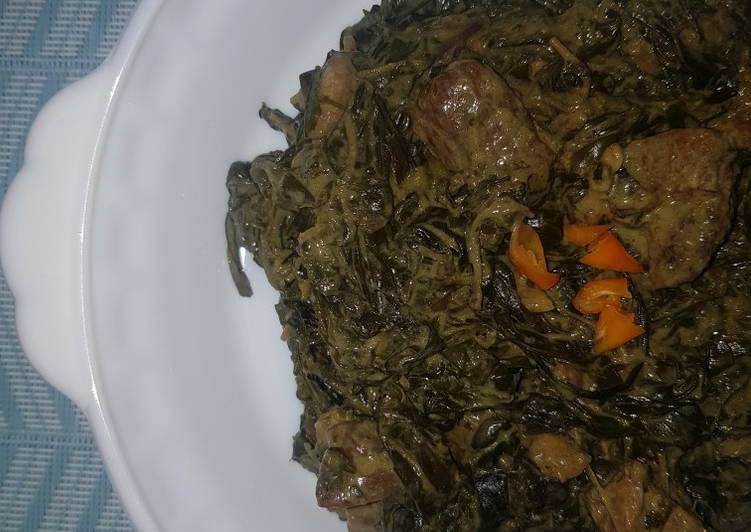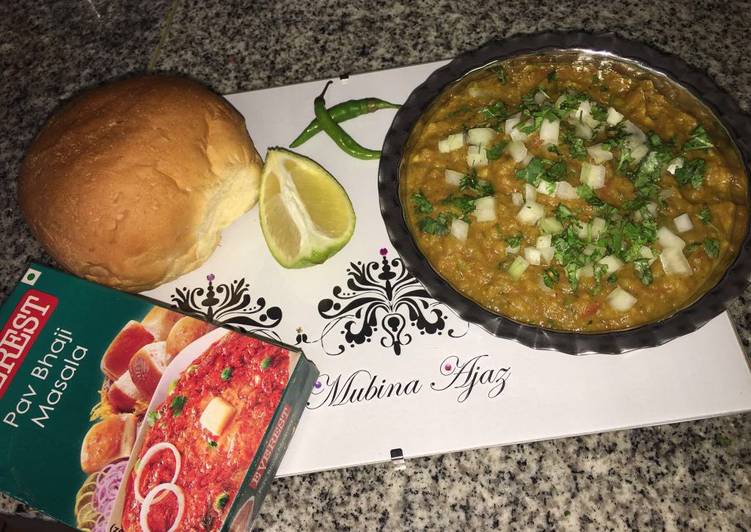
Hello everybody, it’s me again, Dan, welcome to our recipe site. Today, we’re going to prepare a distinctive dish, laing (taro leaves in coconut milk). It is one of my favorites. This time, I’m gonna make it a little bit unique. This will be really delicious.
Laing (Taro Leaves in Coconut Milk) is one of the most popular of current trending foods on earth. It’s simple, it is fast, it tastes delicious. It’s enjoyed by millions daily. They’re nice and they look wonderful. Laing (Taro Leaves in Coconut Milk) is something that I’ve loved my whole life.
A popular recipe for taro is laing; the dish's main ingredients are taro leaves (at times including stems) cooked in coconut milk, and salted with fermented shrimp or fish bagoong. Laing is a Bicolano recipe that is made of dried taro(gabi) leaves and coconut milk. My most favorite Bicolano recipes. #laing #taro #bicolrecipe #gata Hi.
To begin with this recipe, we must prepare a few components. You can cook laing (taro leaves in coconut milk) using 12 ingredients and 6 steps. Here is how you cook that.
The ingredients needed to make Laing (Taro Leaves in Coconut Milk):
- Make ready 2 ounces Dried Taro/Gabi Leaves
- Prepare 4 cups coconut milk
- Prepare 1 cup coconut cream
- Make ready 3 cloves garlic minced
- Prepare 1 onion diced
- Prepare 2 tablespoons bagoong/shrimp paste
- Make ready 1/2 ke pork cut thinly or cubes
- Make ready 1/2 cup hibe/dried shrimp
- Take 1 thumb-size ginger, peeled and minced
- Make ready 3 red chilis chopped (add more if you want)
- Get to taste Salt and pepper
- Get Cooking oil
When the mixture has thickened, add the taro leaves. This is called Laing which is basically Taro Leaves in Coconut Milk. Just like the Bicol Express, I was introduced to this dish by my Bicolano friends in college Laing is another popular spicy dish wherein gabi(taro) stalks and leaves are slowly cooked in coconut milk seasoned with ginger, shrimp paste. Laing is a beloved Filipino dish made of dried taro leaves slowly cooked in coconut milk, aromatics, and spices.
Steps to make Laing (Taro Leaves in Coconut Milk):
- Heat pan and add oil. Saute garlic, onions and ginger until garlic is light golden brown and onions are translucent. Set aside.
- Using the same pan, season pork with a little bit of salt and pepper and cook for about 30 minutes or until brown and tender. Note: we will still add bagoong so do not add too much salt. Add back sauted garlic, onions and ginger, chilli, bagoong/shrimp paste and dried shrimp. Cook,for about 2-3 minutes.
- Add coconut milk bring to a boil on medium heat. Make sure to stir frequently to avoid it from burning.
- Add dried taro/gabi leaves and cook for 15-20 minutes without stirring to avoid getting itchy. Push down leaves to absorb coconut milk but do not stir until leaves have softened and turned a darker colour.
- Turn heat to low and cook for another 10-15 minutes, stirring every 5 minutes.
- Add coconut cream and let it simmer for an additional 10 minutes until dish is almost dry and most of the liquid has evaporated and begins to render fat. Add salt and pepper to taste. Remove from heat and serve with a side of steamed rice.
It originated from the province of Bicol, Philippines and has gained popularity among Filipinos all over the world. Because of its popularity, Laing is one of the most requested recipes on. Spicy, leafy, creamy with chunks of pork and the flavor of shrimps hovering in the background, laing is a dish whose origin is attributed to the Bicol region where coconut milk figures I buy the taro leaves in the supermarket where they are sold in pre-weighed bundles and packed on styrofoam trays. Laing is primarily made up of dried taro (gabi) leaves simmered slowly in coconut milk. Remember to cook this dish low and slow so that all the flavors can come together.
So that’s going to wrap this up for this exceptional food laing (taro leaves in coconut milk) recipe. Thanks so much for your time. I am confident that you will make this at home. There is gonna be more interesting food at home recipes coming up. Don’t forget to bookmark this page on your browser, and share it to your family, friends and colleague. Thank you for reading. Go on get cooking!


